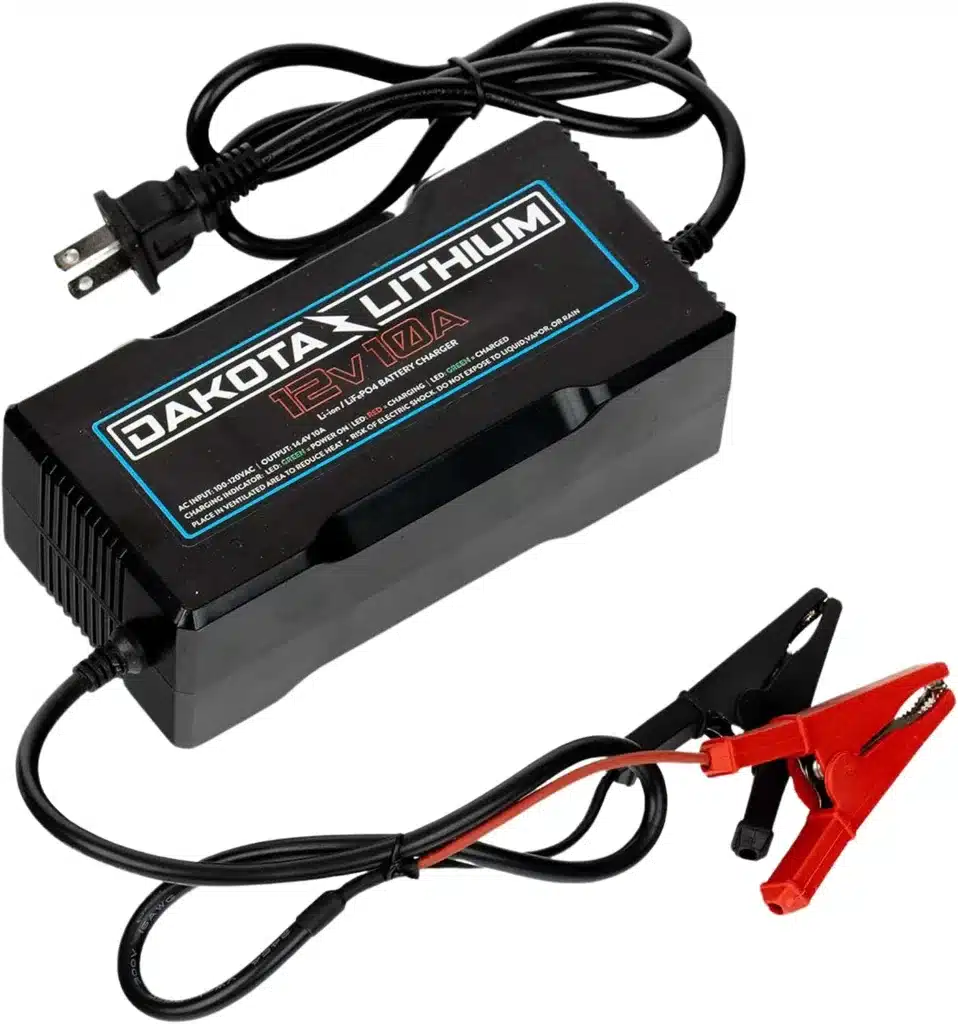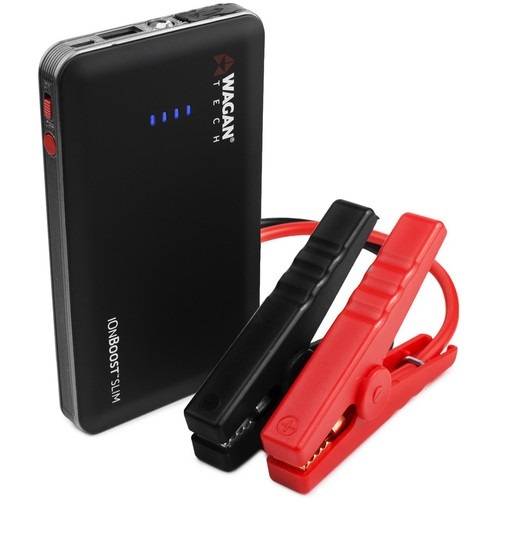
#post_seo_title
Charging Lithium Iron Phosphate (LiFePO4) batteries is a straightforward process, but it requires some specific steps to ensure that the battery is charged safely and correctly. Here are the steps you should follow:
- Choose the right charger: It’s essential to use a charger that’s designed for LiFePO4 batteries. Using the wrong charger can damage the battery or even cause a fire.
- Connect the charger: Connect the charger to the battery according to the manufacturer’s instructions. Most LiFePO4 batteries have a positive and negative terminal that you can connect to the charger. Make sure the connections are secure and tight.
- Set the charger: Set the charger to the correct voltage and amperage for the battery. LiFePO4 batteries typically have a voltage range of 3.2 to 3.6 volts per cell, and the charging current should not exceed the battery’s rated maximum charge current.
- Start the charging process: Once you’ve set the charger, start the charging process. The charger should display the battery’s voltage, amperage, and charging progress.
- Monitor the charging process: Keep an eye on the charging process and ensure that the battery is charging correctly. If you notice any unusual behavior or the battery gets too hot, stop the charging process immediately.
- Charge until full: LiFePO4 batteries should be charged until they reach their maximum capacity. Most LiFePO4 batteries have a maximum voltage of 3.6 volts per cell. Once the battery reaches this voltage, the charging process is complete.
- Disconnect the charger: Once the battery is fully charged, disconnect the charger from the battery. Store the battery in a cool, dry place until you’re ready to use it.
Overall, it’s crucial to follow the manufacturer’s instructions when charging LiFePO4 batteries. If you have any doubts or questions, it’s best to consult with a professional or contact the manufacturer for guidance.


